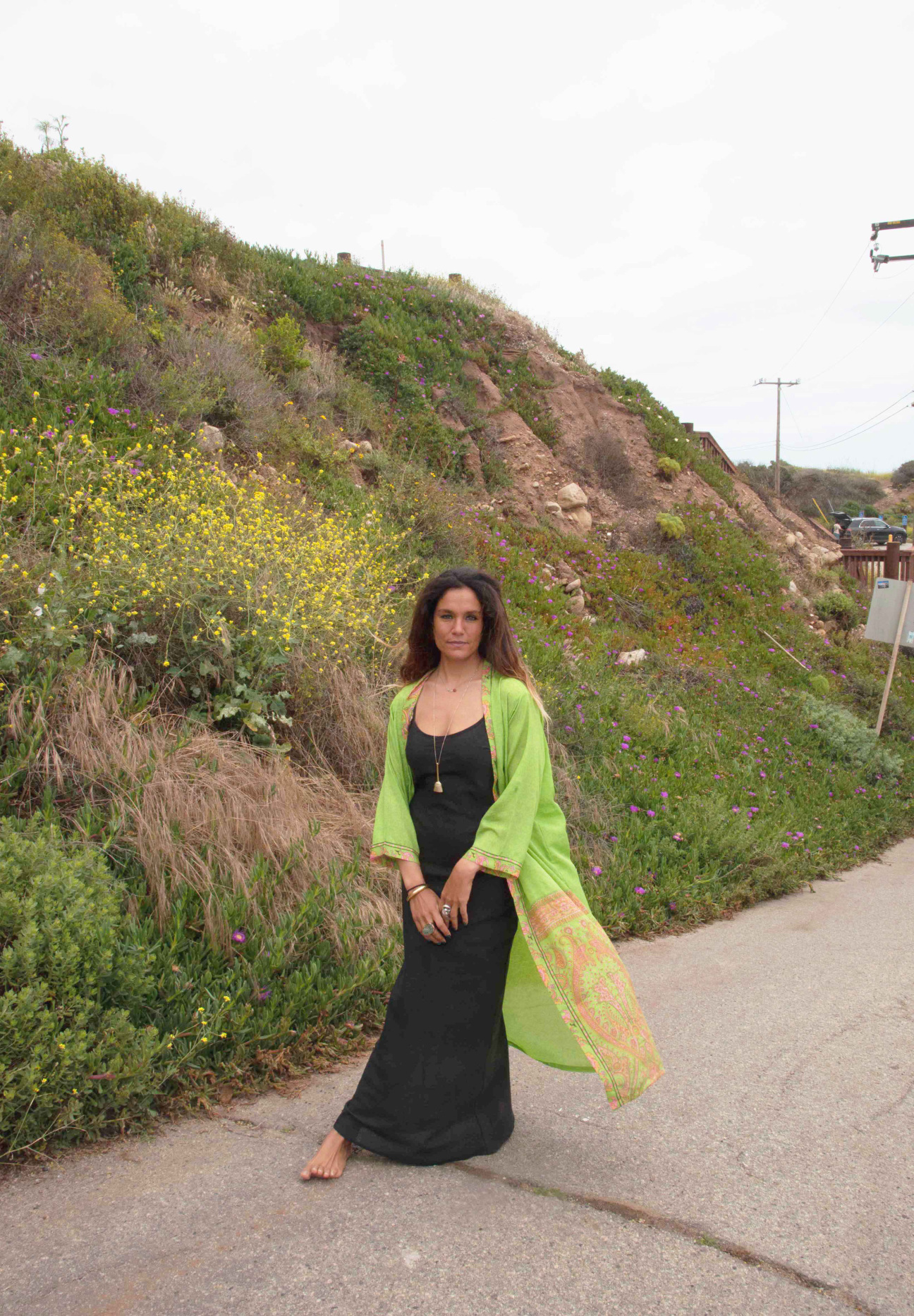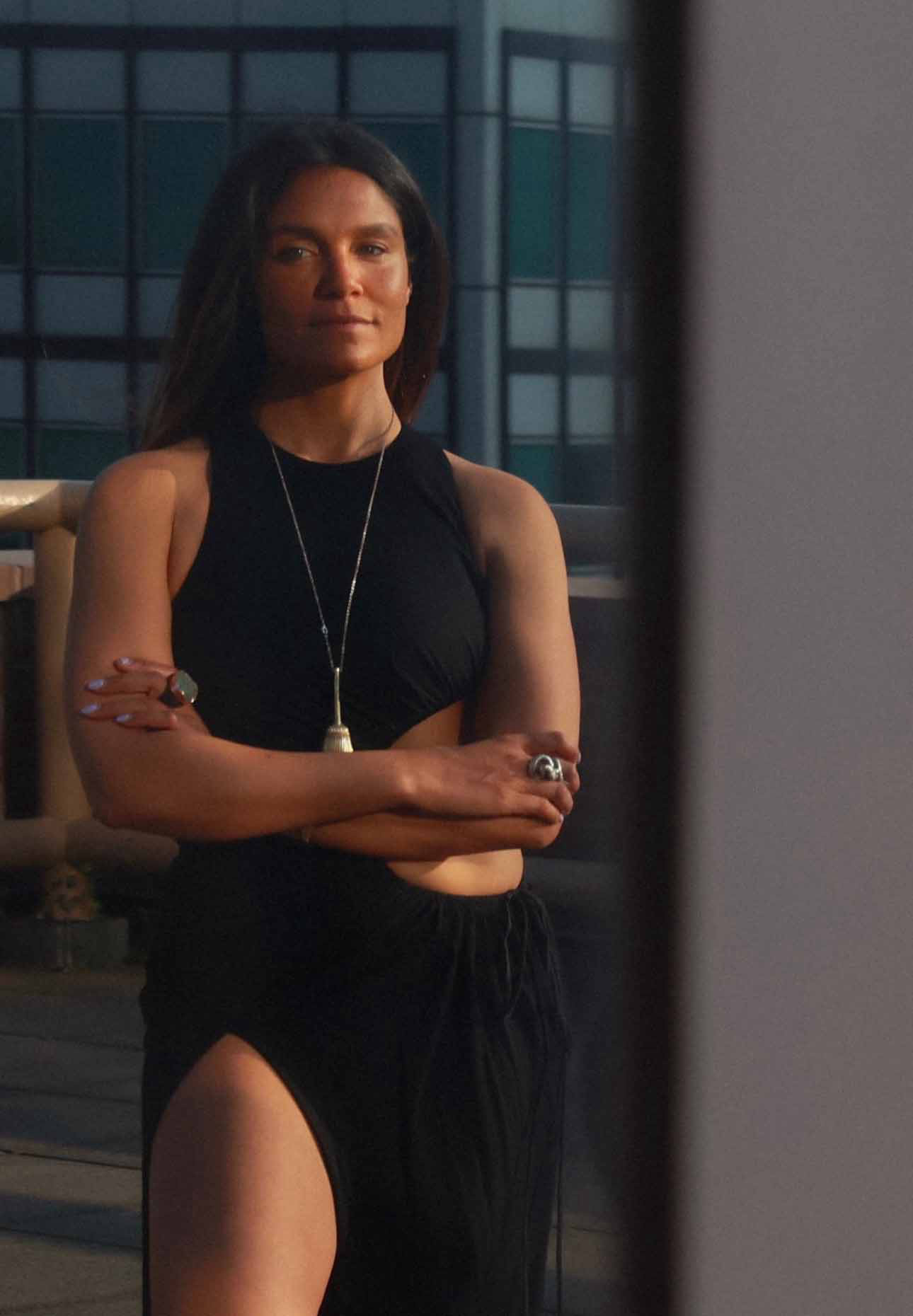
This interview is part of CULTURED's 2023 Young Curators list.
Jacoba Urist: Your career trajectory includes researching dance in Colombia on a Fulbright fellowship, working at the Museum of Contemporary Art in Los Angeles, and assisting artistic director Franklin Sirmans ahead of the Prospect New Orleans triennial’s third edition, before eventually becoming chief curator at Faena Art in Miami.
Zoe Lukov: When I got hired by MOCA, Jeffrey Deitch was there. He ended up being my master’s program in understanding how to put exhibitions together, how to add to the canon of art history, and how to oppose it. My mom was also an art historian. She took me to openings and exhibitions, and art was a natural part of my life growing up. My curatorial practice definitely stems from a focus on the body, and I think that generally, when I curate, there’s a focus on performance. But when there isn’t performance, there’s a lot of work that has to do with the body.

Urist: Your 2021 exhibition “Skin in the Game,” which debuted during Miami Art Week and went on to Chicago the following year, comes to mind.
Lukov: That show dealt with our skin and how things are transmitted and perceived through the body. That was an important show to me. We were in the pandemic, and I was finding footing outside of an institution, trying out this new idea—Okay, I can do these kinds of feral exhibitions that exist in unlikely places. This trajectory has not just been about creating new spaces for art, but allowing people to feel connected to art who might not otherwise. I’m trying to encourage people to see art as a basic human right. Art is the way we tell our stories. We can all understand it, even though there are barriers to entry.
Urist: Tell me about Art in Common, the nonprofit you founded.
Lukov: I partnered with cultural producer Abby Pucker to bring “Skin in the Game” to Chicago, to create a roving exhibition model that responds to each city it’s in: commissioning new work from local artists, and placing it in context with more canonical works or more historic, established artists. The model that Art in Common follows is that all exhibitions are free and open to the public. They’re not in a gallery or museum. You don’t necessarily know how you’re supposed to engage with the work when you enter, so it allows for a more immediate access point. There’s music. There’s a party. It’s this other experience of what contemporary art can be or how to create dialogues within these spaces.
For more interviews with CULTURED's 2023 Young Curators, check out our conversations with Ashton Cooper, Bernardo Mosqueira, and Stephanie Seidel.










 in your life?
in your life?

